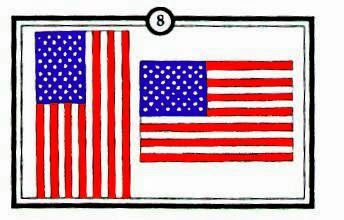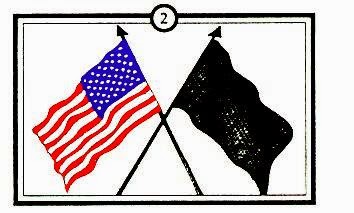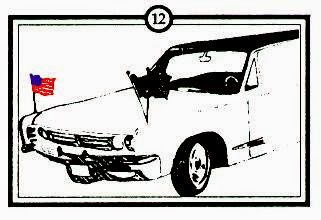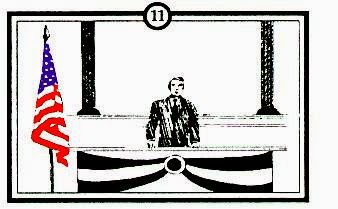all american flags etiquette
american flag display etiquette
american flag forum etiquette
flag disposal rules etiquette
flag folding rules etiquette
flag half staff rules
US Flag Etiquette
Federal law contains the Flag Code; the Flag Code stipulates the aspects of flag etiquette.
The flag should be lighted at all times, by sunlight or by an appropriate light source. The flag should be flown only in fair weather; it can only be flown in inclement weather if it has been designed for use in inclement weather. The flag should never be dipped to any individual or thing, and it is only ever flown upside down as a distress signal.
Although the flag cannot be used for any decoration in general, bunting of blue, white, and red stripes is available for decoration purposes. The blue stripe of the bunting should be on the top. The flag cannot be used for advertising purposes, and it should not be embroidered, printed, or otherwise impressed on such articles as cushion, handkerchiefs, napkins, boxes, or anything that is discarded after temporary use.
Not only can the flag not be used for advertising, it is not permissible for advertising signs to be attached to the staff or halyard. The flag should not be used as part of a costume or athletic uniform, except that a flag pattern may be used on the uniform of military personnel, firemen, policemen, and members of patriotic organizations.
The flag should never have any mark, insignia, letter, word, number, figure, or drawing of any kind placed on it, or attached to it. It should never be used for receiving, holding, carrying, or delivering anything. When the flag is lowered, no part of it should touch the ground or any other object; it should be received by waiting hands and arms. For storage, the flag should be folded neatly and ceremoniously.
The flag should be cleaned and mended when necessary. When a flag is so worn and no longer fit to serve as a symbol of the country, it should be destroyed by burning in a dignified manner.




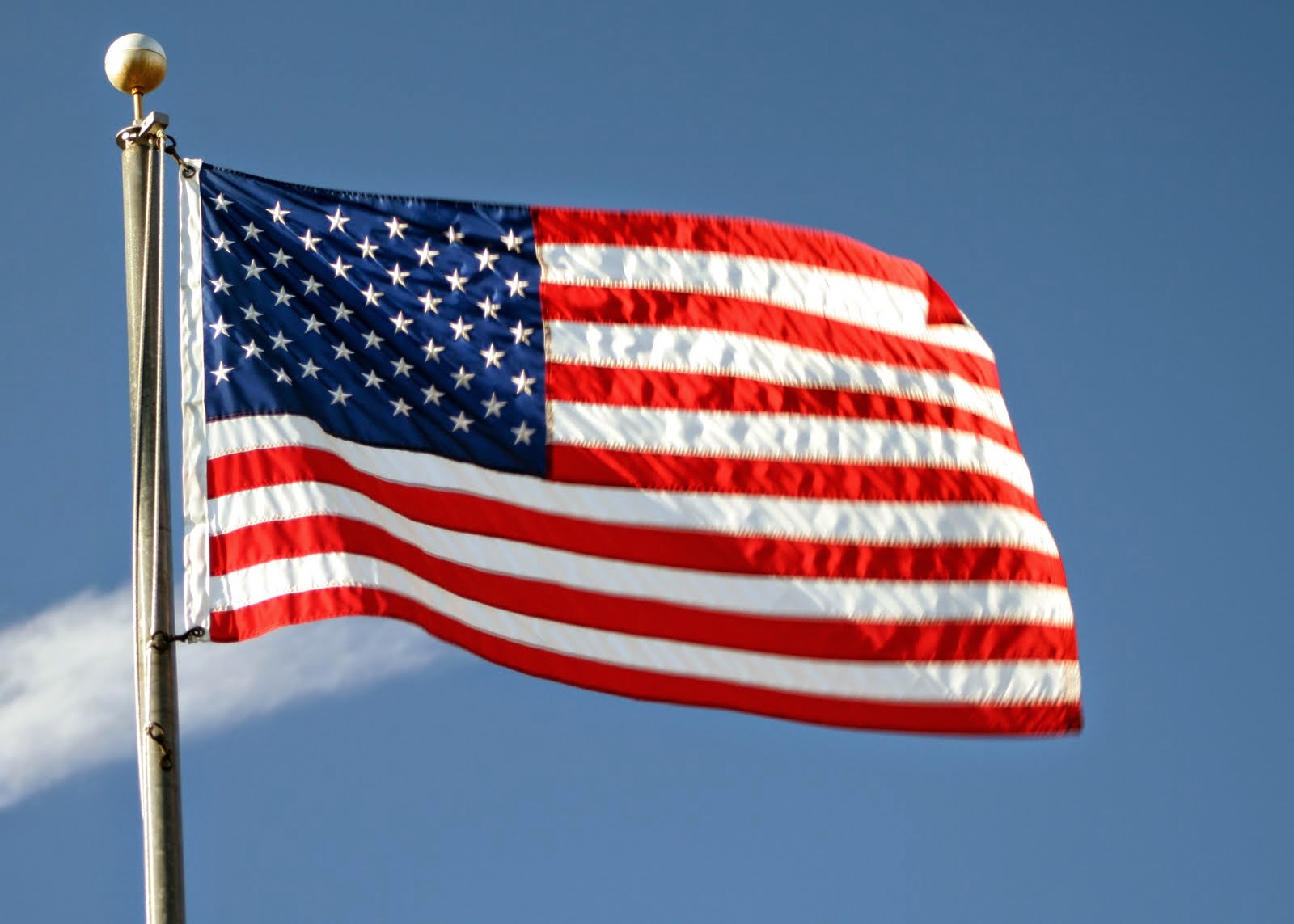
History of the Flag

A flag is usually a piece of fabric that is rectangular in shape and will have a distinct design on it that will be used as a decoration, a symbol or as a signaling device. Flags have been used by people for more than 4000 years and the oldest flag that has been found is that of Iran from 3000BC. There have been many reconstructions of vexilloids that have been found in Egyptian tomb carving and ancient Greek coins, etc. The term Vexilloid is given to the first type of flag and the study of flags is known as Vexillology. The word vexilloid comes from the Latin word which means 'guide'. The flags of early age were wooden or metal poles that had carvings on the top and it was only about 2000 years ago that fabric or a material similar to fabric was added to some of the vexilloids for decorative purposes. That led to the flags that we know of today and we have been using it for centuries.
Flags have been used for a variety of purposes and the most important of them is to send out a signal. In ancient days knights used to carry flags so that they could be identified by friends and foe as it was impossible to know who was behind the heavily clad armors. There are flags that represent countries and provinces and there are some flags that are used for decorative purposes. Many organizations and companies around the world also have flags and often the symbol or the logo of the company forms a major portion of the flag. Clubs are also known to have their own flags and so do the various defense forces of the countries. All countries in the world have a flag of their own and the flags usually give out some information regarding the history of the country or the roots of the country.







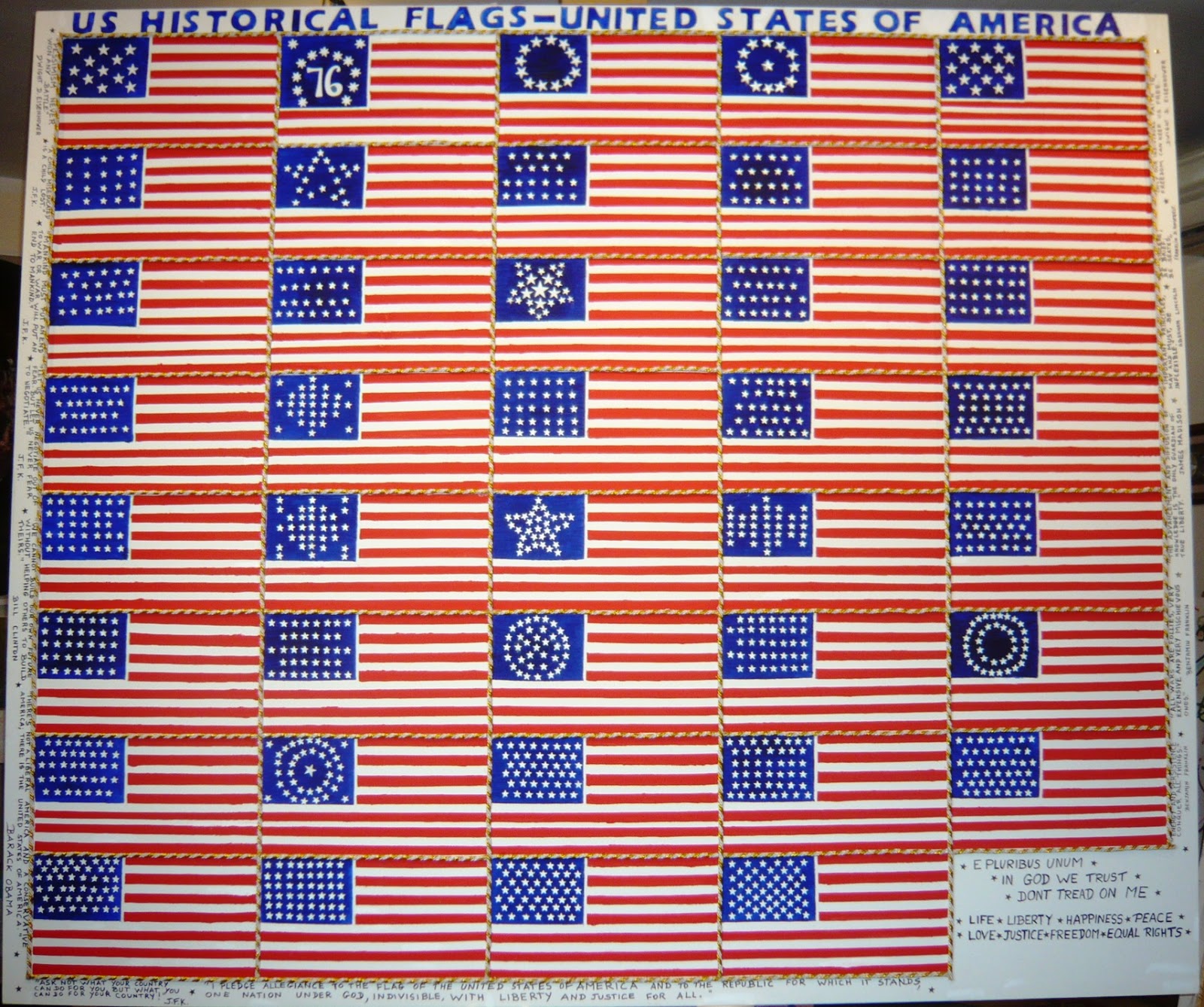
Flag Etiquette

The flag of the United States and the topic of independence are usually standard information for Americans. Many are being taught the different parts of the flag in early days of school, the rules of flying the flag or flag etiquette is often disregarded. For this reason, it is pretty common to see in newspapers accounts on reversed flags and the like.
On December 22, 1942, a public law was approved by the Congress for the purpose of putting into code and emphasizing rules and customs pertaining to the display and us of the flag of the USA by civilians, civilian groups, and organizations not required to conform to regulations promulgated by departments of the government of the US. In general terms it set forth the following rules:
The flag is generally displayed from sunrise to sunset on buildings and fixed flagstaffs in the open, but in some patriotic sites (memorials, historical shrines, or cemeteries) it flies through the night as well, either by custom or ordinance.
The flag should be hoisted in a brisk manner and lowered slowly and ceremoniously. When the weather is inclement the flag should not be displayed. When weather permits, flag display is encouraged on New Year's Day, Inauguration Day, Lincoln's Birthday, Washington's Birthday, Army Day, Easter, Mother's Day, Memorial Day (half-staff until noon), Flag Day, Independence Day, Labor Day, Constitution Day, Columbus Day, Navy Day, Veteran's Day, Thanksgiving Day, Christmas Day, and such other days as may be proclaimed by the president of the US; the birthdays of the states (dates of admission); and on state holidays. Many states have laws requiring the display of the US on additional occasions within the state.
Flag should be on or near the main building of all public institutions, on or near all school buildings on school days, and in or near all polling places on election days.
When carried in a procession with another flag or flags, the flag of the US should be either on the marching right, that is the flag's own right, or, if there is a line of other flags, in front of the center of that line. When on a float in a parade, the flag should be displayed from a staff.
The flag should never be draped over the hood, top, sides, or back of the vehicle or of a railroad train or boat. When the flag is displayed on a motorcar, the staff should be fixed firmly to the chassis or clamped to the radiator cap. No other pennant or flag should be placed above or, if on the same level, to the right of the flag of the US, except during church services conducted by naval chaplains at sea, when the church pennant may be flown above the flag.
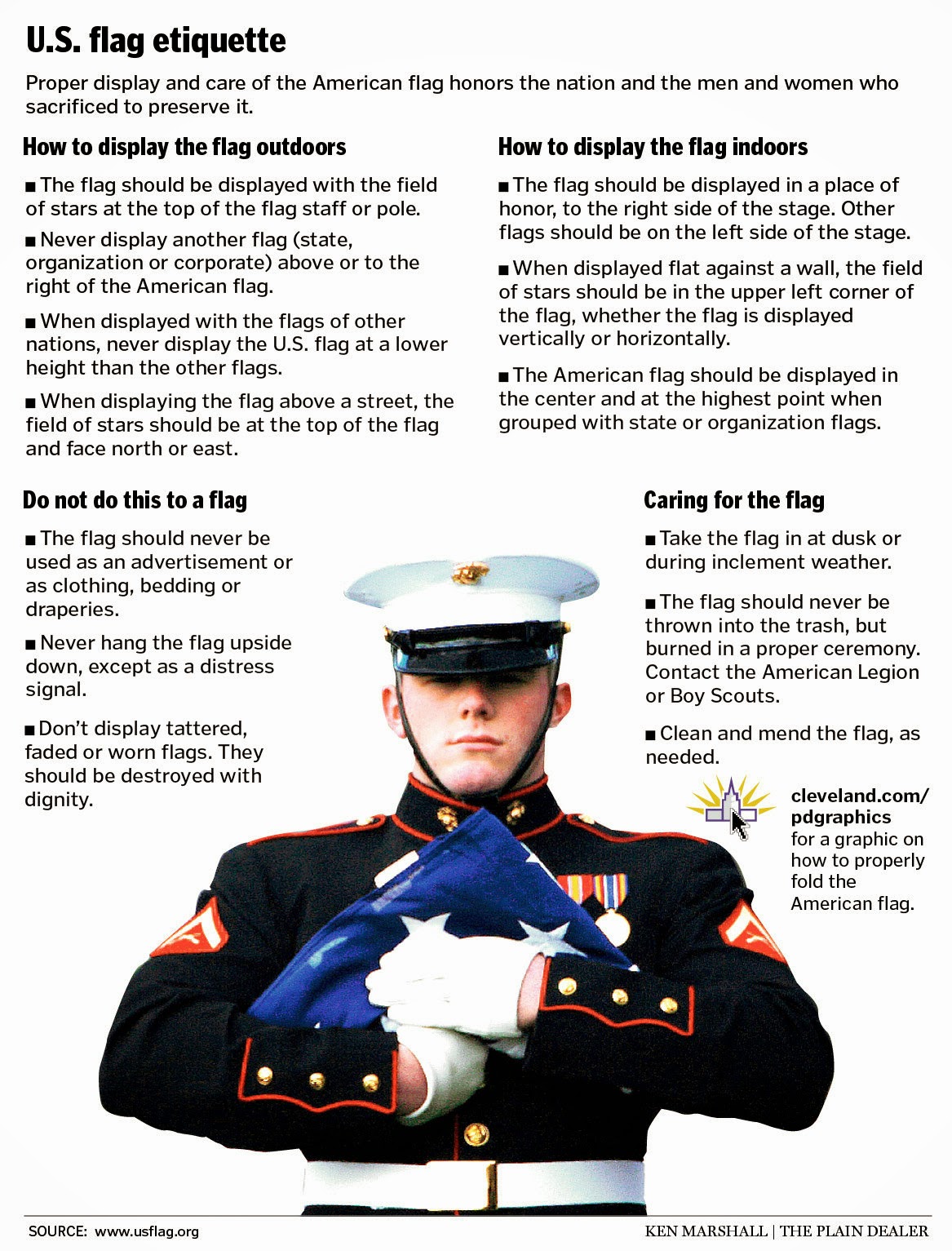
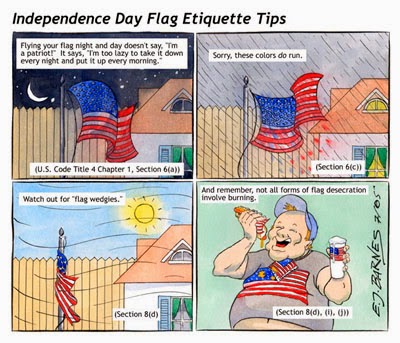

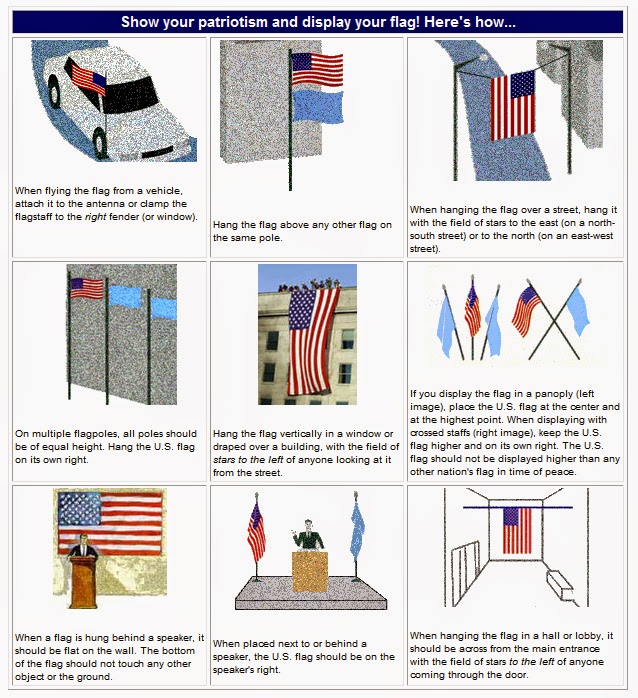


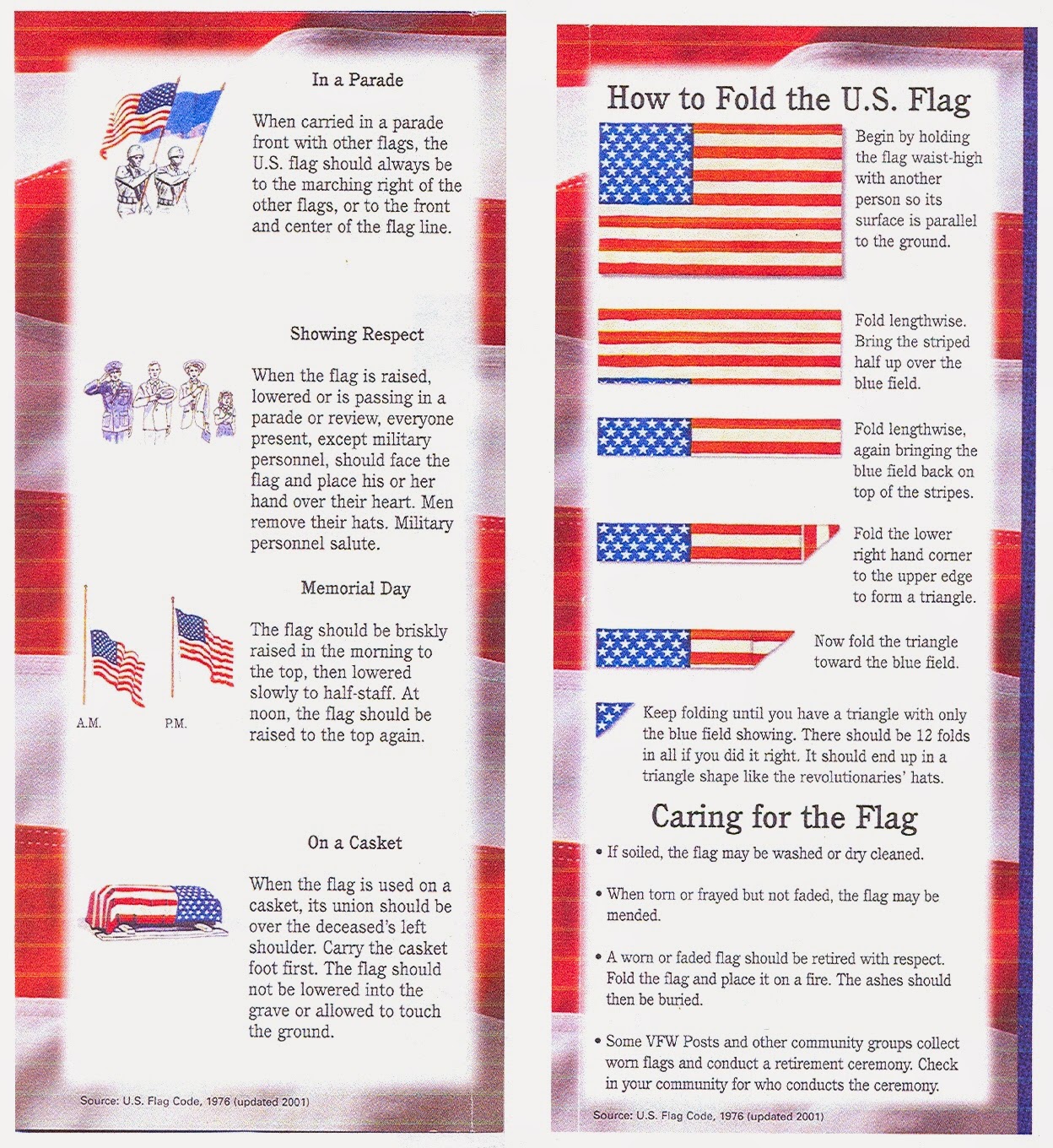




American Revolution Flags

Flags symbolize many things. They represent people and showcase a nation's pride. They speak volumes about a country's history. Flags have been in use for a very long time. They were earlier used by people to represent the work they did. Over the years, military units made optimum use of flags colors. They state an identity and during battles, flags served as a meeting point when a formation was out of order. Soldiers gathered around the flag to correct their formation, attack or to retreat. Flags were used to mark important places, such as hospitals, important buildings and communication centers.
Flags have been an integral part of the American culture for most of the country's history. Americans look up to the national flag with pride and respect. Flags and revolutions are synonymous with each other. There were many flags that were designed during the revolutions. One was the Bedford Flag. This flag was flaunted in the battle of Concord in 1775. The Latin inscription meant "Conquer or Die." The Bennington or "Vermont" flag flew over the military stores in Bennington, Vermont, in 1777.
Betsy Ross or the "First Stars and Stripes" flag was adopted on June 14, 1777. In order to represent the country in a more apt manner, The Continental Congress decided to include thirteen alternating red and white stripes. Other changes were the thirteen white stars in a blue field. These inclusions represented initial states from which the present union grew. They hoisted the Bunker Hill flag. This marked the end of a long and epic battle.
Flags are and have been an integral part of American history. There are many flags that have been in existence from colonial times to this day. They are highly regarded and command a great sense of respect.

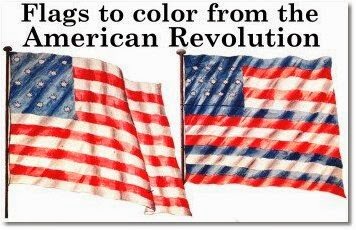




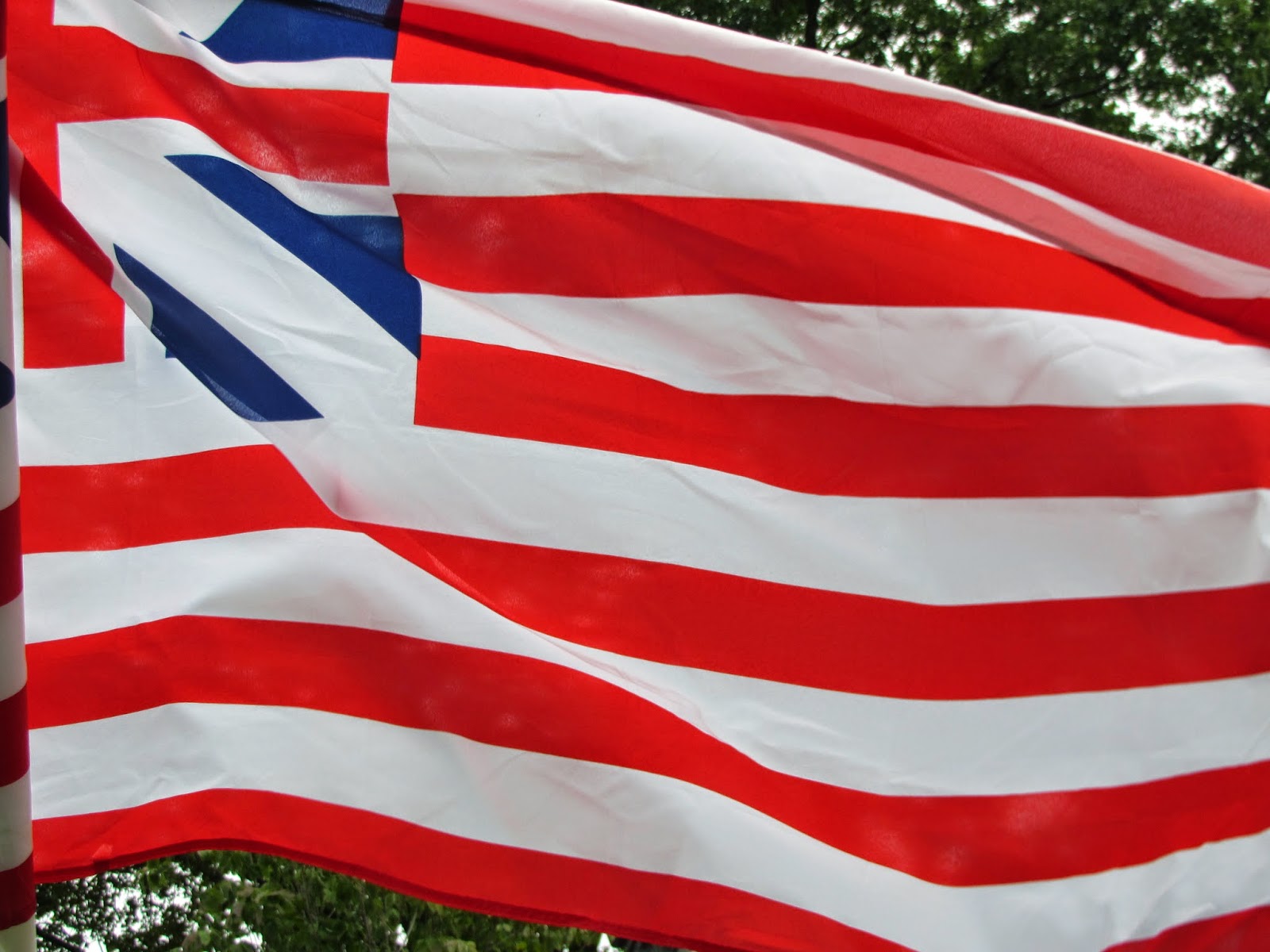

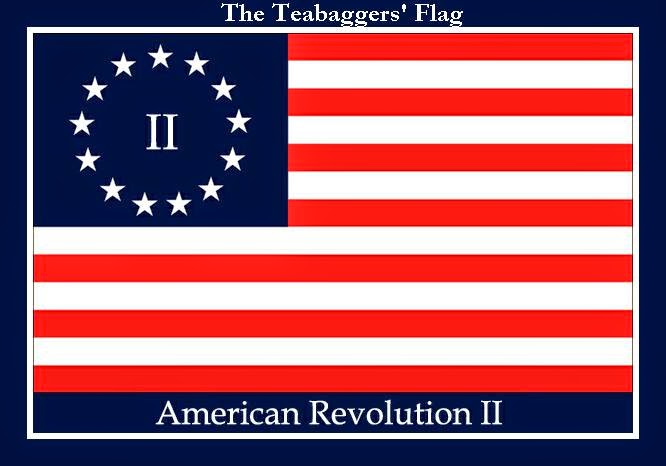
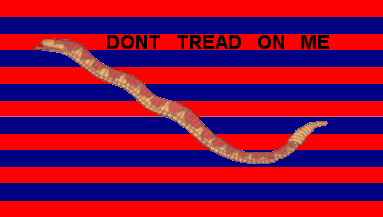
Prayer Flags in Tibetan Buddhism

While many have the impression that Buddhism is a religion not known for its icons and symbols, this is not an accurate assessment. There are many components to the worship of Buddhism that are integrated into its worship. One such item is that of the prayer flag. In fact, so common is the prayer flag in certain circles of Buddhism that the flag is the defining symbolic item that clearly displays a Buddhist place of worship or the home of a practitioner of Buddhism.
So, what are prayer flags and what is their purpose? The following overview may provide some insight into these questions...
Prayer flags are commonly found in Tibet and they are usually employed to decorate monasteries and homes. (These are not the exclusive domains for the flags as mountain passes can be adorned with such flags as well) In general, these flags are symbolic of Buddhist worship but there are other specialized purposes to the acquisition and display of these flags. Actually, the origin of the flags predates the arrival of Buddhism in Tibet. Specially designed flags were commonly flown for both good luck and for prosperity. With the integration of Buddhist worship in Tibetan society, the flags began to be incorporated into the iconography of Buddhism.
In some ways, Buddhist prayer flags aid in integrating many elements of the natural world into the human conceptualization of how Buddhism should be acknowledged. How is this so? Basically, the flags represent human theories and emotions that are spread through the world via the elements. In particular, the element of wind is what aids in spreading the message of Tibetan Buddhism.
How is this achieved? Basically, mantras are drawn into the flags which are hung on homes and temples. As the wind blows through the flag, it is believed that the wind will 'pick up' the words on the flag and spread them throughout the world. Wherever the wind blows, the words and sentiments of the mantras will be carried. Considering the positive nature of the mantras, this is a good thing because feelings of prosperity and enlightenment would be carried throughout the world. Or at least that is the prime intention.
Please do not assume, however, that the flags are minimalist in design and creation. They are not merely drapes with words scrawled on them. In reality, many of these outstanding prayer flags are designed with true artistry. This makes the most artistic of flags impressive to behold. This is why many purchase such flags because they make truly outstanding decorations. Perhaps one of the best benefits of these flags is that even if you only purchase them for decorative reasons, the mantra printed on them can still be effectively carried with the wind. Consider that a 'fringe benefit' of having the prayer flag's attractive appeal to the decorative minded that might not be totally aware of the religious undertones.






Subscribe to:
Comments (Atom)
